

Early 1700s
First worn by French aristocrats in the court of Louis XVI, suspenders were basically strips of ribbon attached to the buttonholes of trousers. This style of dress was considered “risqué” and was only worn as an undergarment and not to be seen by the public.
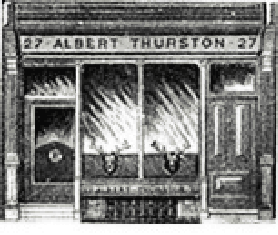

Early 1820s
British designer Albert Thurston began manufacturing the first modern-day suspenders and marketed them as “braces” in Britain. They were worn with high-waisted, wide leg pants and attached with leather loops. The earliest suspender designs incorporated straps made of tightly woven wool (or “boxcloth”) and the “H-Back” pattern.
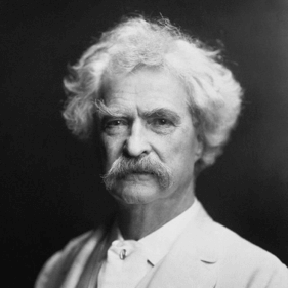

1871
One of the first U.S. patents for suspenders was issued to Samuel Clemens (otherwise known as Mark Twain) for “Adjustable and Detachable Straps for Garments.” The patent was designed to attach to everything from underpants to women’s corsets and was an alternative to previously crafted suspenders, which Clemens found uncomfortable.
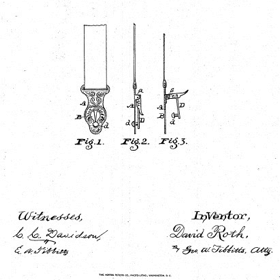

1894
Metal clasps were invented so suspenders could be clipped on rather than buttoned. This meant that mens pants no longer had to come with buttons sewn in the waist, as they commonly did at the time.


Early 1900s
Suspenders fell out of style when lower-sitting pants no longer required them; however, doctors supposedly would prescribe the practice of “posture, exercise, and the wearing of suspenders” as a remedy to patients with extended bellies.
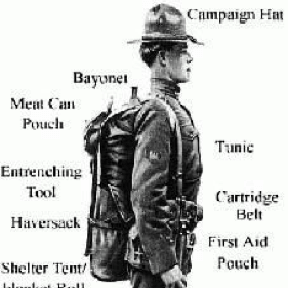

1918
As the world plunged into World War I, suspenders came up against their arch-nemesis: the belt. It became a necessity to wear tighter fitting pants during wartime, so suspenders fell out of popularity.
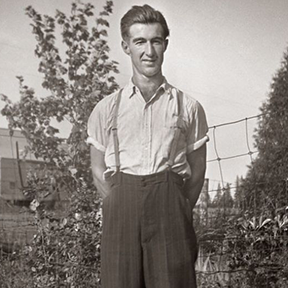

1938
A town in Long Island, NY tried to ban men from wearing suspenders without a coat, calling it “sartorial indecency.” This ban was later overturned after residents complained.
1950's
Variety shows of the 1950's ... desi arnes, frank sinatra,
With TV becoming more common place, made popular variety shows and musicinas - seen on tv for the first time
The 1950s marked a period of post-war prosperity and cultural change, and fashion reflected these shifts. Suspenders were commonly worn during this era, especially by men, as a practical and fashionable accessory.
In the 1950s, men's fashion often included tailored suits, trousers, and dress shirts, particularly for formal or semi-formal occasions. Suspenders were a common accessory worn with trousers instead of belts. They provided a functional way to keep pants up while also adding a stylish touch to the outfit.
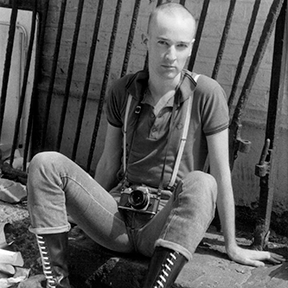

1960s
The British "Skinhead" movement, a youth subculture known for short-cropped hair, tattoos, and a masculine working-class image which originated from the streets and insular areas of London, adopted suspenders as a fashion statement, attaching them to tight blue jeans despite not needing additional support.


1970s
In 1978, the Mork and Mindy show gained popularity, and when Fred Welch saw Mork sporting a pair of rainbow suspenders, it sparked an idea - Fred Welch decided to sell and manufacture his own suspenders. Around the same time, women adopted suspenders as part of the Annie Hall “unisex” look, which took off in popularity.
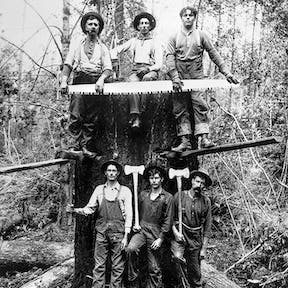

1970s
While lumbering in Oregon Country began in 1827 at Fort Vancouver, it was the 1970s when the timber industry saw another boom in Oregon. At the time, the timber industry accounted for the employment of over 80,000 Oregonians. This was roughly 10% of the states workforce, 12% of its Gross Domestic Product, and 13% of private sector wages.
Logger suspenders were a quintessential part of working in the logging industry. These suspenders were purely functional - providing a safer and more reliable way for loggers to hold up their heavy workpants while navigating rugged terrain.
It was during this heyday that Welch gained a foothold in the workwear industry and when our heavyduty cinch-up suspender was deemed "the old logger."
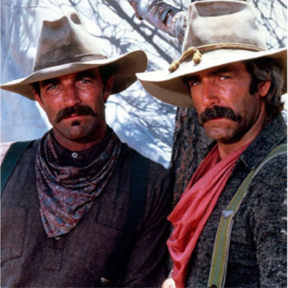

1979
In 1979, Tom Selleck and Sam Elliot both sported suspenders as cattle herding and gold propspecting brother's in the TV mini-series western "The Sacketts." It was set in the Tennessee hills shortly after the U.S. Civil War, and the costumes matched mens workwear of the time.
In fact, Oregon's own Sam Elliot sported a green pair of Welch suspenders in the first episode.


1985
Larry King, iconic in broadcasting and host of CNN's "Larry King Live" from 1985 to 2010, was known for his distinctive and often flamboyant fashion sense, which included his signature suspenders. His choice to wear suspenders on air became synonymous with his personal brand and contributed to making suspenders an everyday accessory.
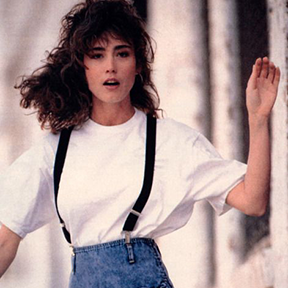

1986
People Magazine suggested that “fashion-forward teens” wear suspenders and let them hang from their waists, insinuating that suspenders were “sexy."
Suspenders became popular among groomsmen, wedding parties, and attendees of formal events. With reflection on the elegance and sophistication to formal attire of the early 1900's, and they're often chosen to complement the overall aesthetic of an event.
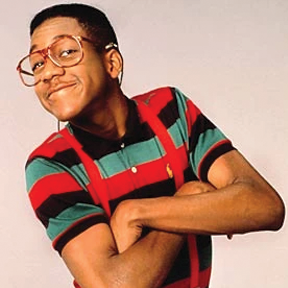

1989
Steve Urkel, a character from the television series "Family Matters" which ran from 1989 to 1997, gave the fashion accessory a completely different “ultra-nerd” vibe.
With Steve's was distinctive and quirky style, including high-waisted pants held up by suspenders, the use of suspenders emphasized Steve's eccentric and socially awkward persona. The character's fashion choices, became iconic and contributed to the overall comedic and memorable nature of Steve Urkel.


Today
Today, though not as ubiquitous as they were in past decades, suspenders are embraced by various cultural and subcultural groups as part of their aesthetic: a working mans uniform and a popular and stylish accessory to add a touch of personality and individuality to an outfit.
While traditional tradesmen still utilize suspenders to provide support on the job, suspenders have reemerged as a fashion accessory for business attire and hipsters alike. So whether you're using suspenders for their comfort, functionality, or as a fashion statement, we welcome you to give Welch a try. We're sure that our suspenders will hold up to their reputation.

